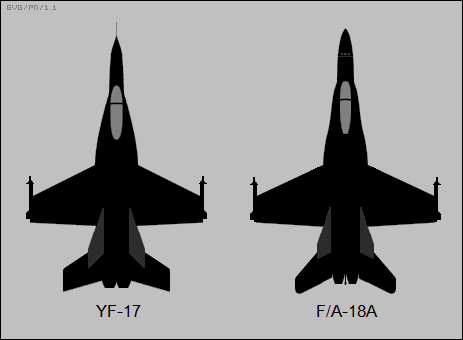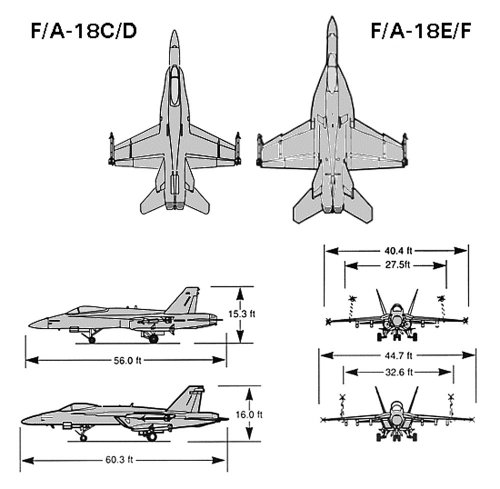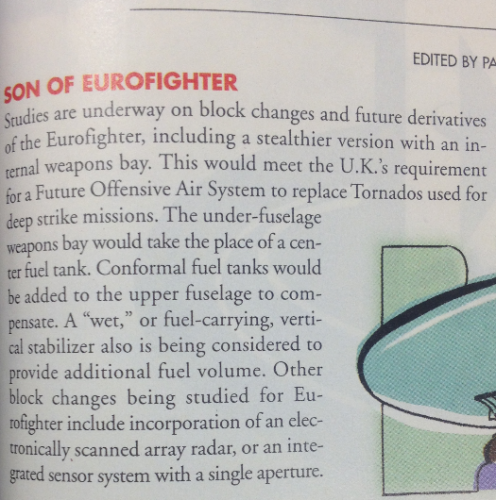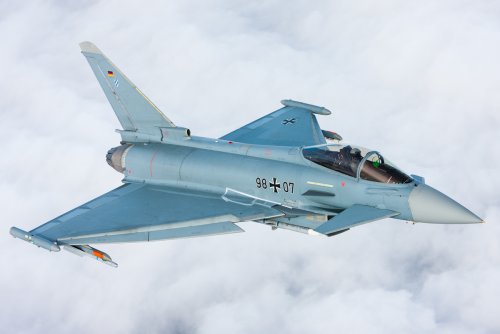Maury Markowitz link=topic=22578.msg228818#msg228818 date=1408029800]
phrenzy said:
For NORAD continental defence the Typhoon probably isn't a bad choice. It's not like the Canadians are likely to need much penetration/strike capability over heavy A3D areas, we are talking about Canada here.
Indeed, but range is a serious issue. The Hornets are *barely* able to handle this mission, which is one of the many reasons the F-16 should have been selected over the F-18. (the key decision was AIM-7 support, which came only months later on the F-16 as part of the ANG/ADF upgrades). I think the ideal aircraft for the defense role would be one of the Su derivatives, which offer the sort of range you want, without the cost of the F-22.
But in practice something like 90% of combat time by the F-18 fleet was either some sort of BARCAP or ground attack. It is the later that I am most concerned about in regards to the Typhoon. I have little information on the topic, but it seems it has not been cleared for a very large variety of AG weapons? If this is the case, that would largely eliminate it in any event.
phrenzy said:
worry about other airframes and their capabilities (not just performance but weapons/datalinks etc).
This isn't really an issue, they already have 22/15/16/18 and previously F-4 and -102/106/101/104 in the mix. It's always been a bit of a dog's breakfast in that regard, and I'm sure the computers are capable of *that* at least.
phrenzy said:
I know that former defence officials are publicly very loud about Canada needing a twin engined jet.
Yes, but in my research, I'm not so convinced this was really important. I've written on this extensively:
https://en.wikipedia.org/wiki/New_Fighter_Aircraft_Project
It seems that the twin-engine issue was very public, but it does not appear it was the actual problem. Ironically, the only instance of an aircraft loss due to engine failure was a single-engine-out during landing, precisely the sort of situation that the twin-engine design was supposed to prevent!
phrenzy said:
F-35 proponents say that new super duper engines mean that MTBF means that the lightning is going to be just as reliable but that's a VERY big claim for a plane that can't fly an 8 hour ferry mission over the Atlantic at the moment but time may bare them out.
This sounds important... what is the issue here?
[/quote]
Just that although I agree the nescesity of a twin engine aircraft for Canada was more of a public debate issue than anything else, the claim they a single f135 will be as reliable/survivable as 2 f414s seems like a stretch.
As for NORAD interoperability my point really isn't the number of aircraft types as all of those you mention are US designs with US electronics designed to coordinate with US systems. Not that incorporating ET would be a massive issue but going American would be one less thing to worry about.





